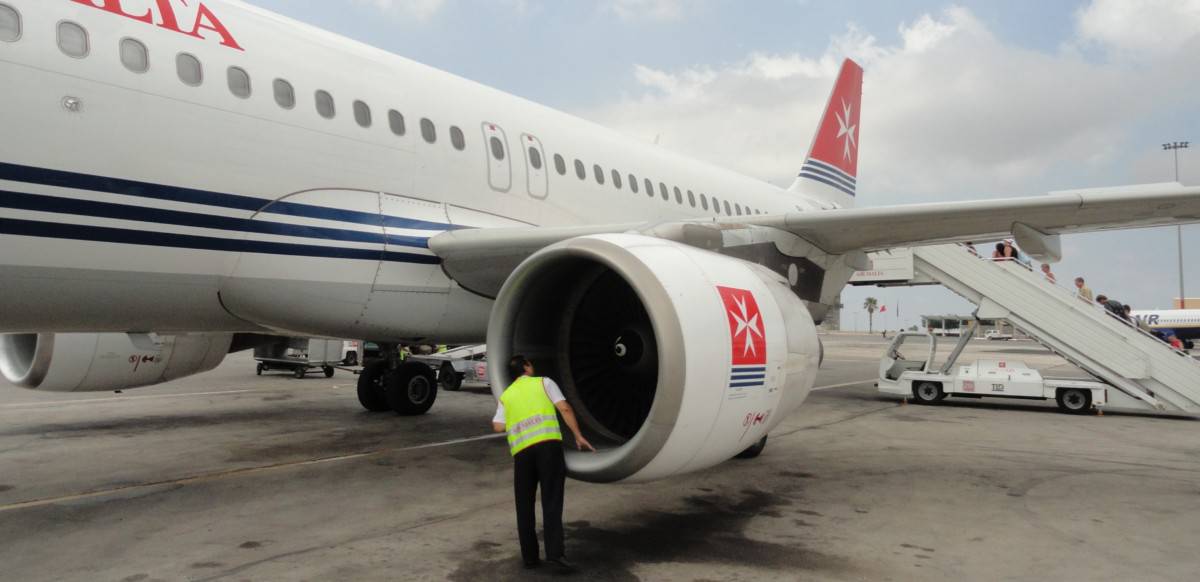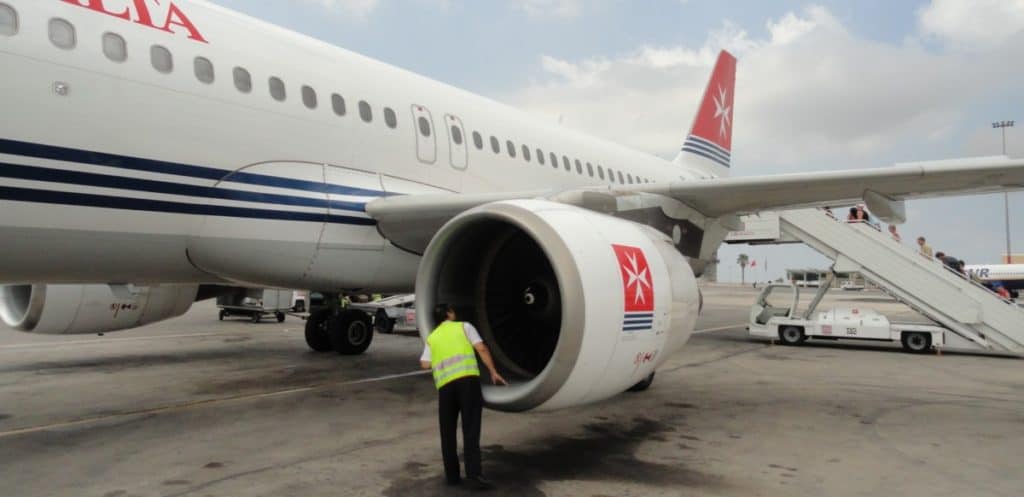
As an airline pilot, I often get asked what pilots get up to in between flights. Depending on the type of flight routing we have will dictate how much time we get between flights and thus what we can get up to.
During quick turnarounds between flights, most pilots will check the weather, the aircraft loading sheet, get some food and use the bathroom. On long-haul flights where overnight stays are required then trips into the city to experience local culture and cuisine is a popular choice for many pilots.
If you want to know just what typical pilot breaks are like and what we get up to please read on…
Since commercial short-haul flying is my day-to-day let’s start with this one.
What Do Pilots Do Between Short Haul Flights?
So what are short-haul operations? Short haul operations are flights from A to B taking no longer than 3 hours per flight leg and always ending up back at your base airport. So no hotels, no overnights, and no out-of-base operations.
In short-haul flying the pilots prepare everything on the same day and usually fly 2 or 4 legs or, also known as ‘Sectors’ within the industry. This number can extend up to 8 sectors per day if the flights are in the region of 30 minutes each, basically 4 round-trip journeys.
So what is that we do between flights then? Let’s start at the beginning before even the first flight.
Pilots usually meet up an hour to 45 minutes before the flight to discuss the possible threats (Factors that can affect flight safety) and other operational requirements for the day. The fuel calculation and weather condition checks usually take place before every flight, even though the flight planning department gives the pilots all the information.
The pilots and cabin crew will then have a group briefing, again, about the threats of the day, turnaround times, weather, turbulence, and other special requests either the cabin or the flight crew has to ask. This might be something like checking the door handles before securing the cabin for example if the company has found that small errors have been made on multiple occasions throughout the fleet.
The preflight briefing takes place only once before the first flight of the day although nothing prohibits the crew of rebriefing if anything happens during the shift, but most of the time, it’s only once.
Between sector 1 and sector 2 the airline planning department usually creates the lowest turnaround time increment, giving the crew as little as 25 minutes for a turnaround!
For the cabin crew, this includes: Deboarding the passengers, cleaning the cabin, securing the cabin (looking for illegal items left behind by passengers), and boarding the new passengers.
During this time the pilots have to finish their paperwork for the flight that just landed and then prepare the aircraft for the next sector.
What kind of paperwork? These days everything is inserted into the iPad so it is not actually paperwork, but you get the point. This includes takeoff time, fuel on takeoff, passenger load, cargo load, fuel checks every 30 minutes, landing time, and any additional information required. All this has to be sent into HQ before the next flight.
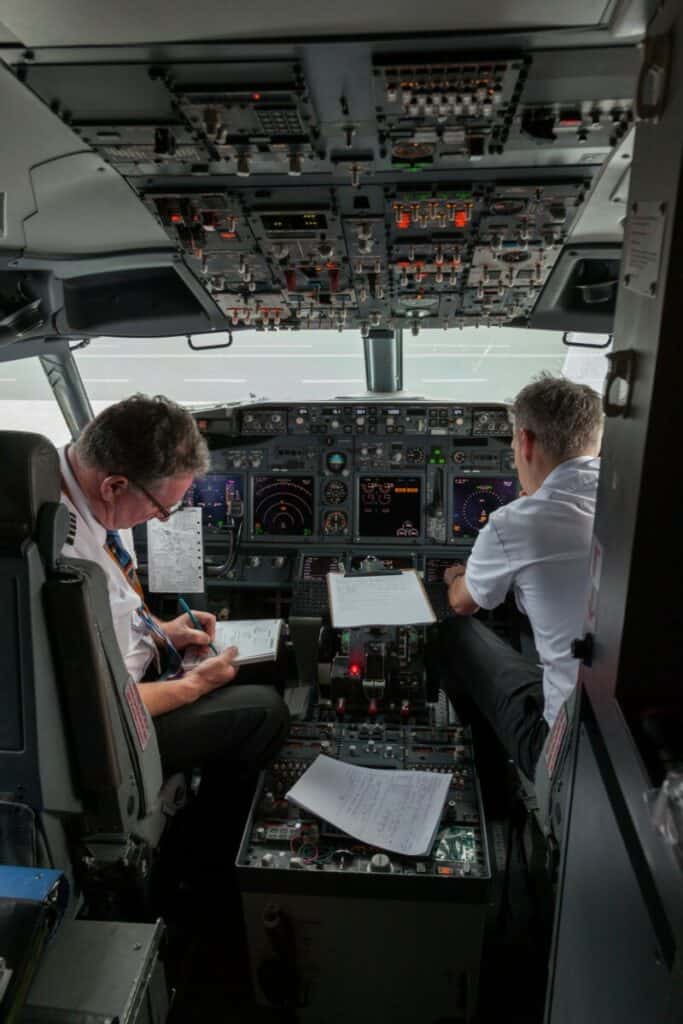
The pilots then spilt the flying duties equally throughout the day for each sector. A usual pattern in a 4 sector day (2 round-trip flights per day) is that the First Officer flies the 1st and the 4th sectors and the Captain flies the 2nd and the 3rd sectors. This gives the Captain time to check the aircraft’s documents and to fill out the aircraft’s technical log at the beginning and end of each day.
After the paperwork has been completed the designated PF (Pilot Flying) has to prepare the aircraft for the next flight. The Pilot Flying role is decided usually during the initial briefing before the first flight of the sector, as mentioned above.
The PF then prepares the aircraft for the next flight. What does that include? First, the pilot check checks the weather to decide on the fuel required for the next flight, they also check the NOTAMS (Notices to Airmen – these consist of pertinent information to pilots about taxiway/runway closures, closed airspace, navigation beacon outages etc), and then the threats in case anything has arisen the could disturb the normal operation of the next flight.
After all this is done the PF starts preparing the FMS (Flight Management System) computer of the aircraft to basically program the autopilot. That means, inserting the new route, the new data for the weight and balance of the aircraft, flap, and trim settings, and the initial routing after takeoff.
While the Flying Pilot (PF) is inside readying the cockpit the other pilot usually referred as PM (Pilot Monitoring or PNF, Pilot Not Flying) is outside checking the aircraft externally for any visual damage, bird strikes, and any other thing that might come up. They will be in contact with the ground staff and the airport staff and also orders the fuel required for the next flight leg.
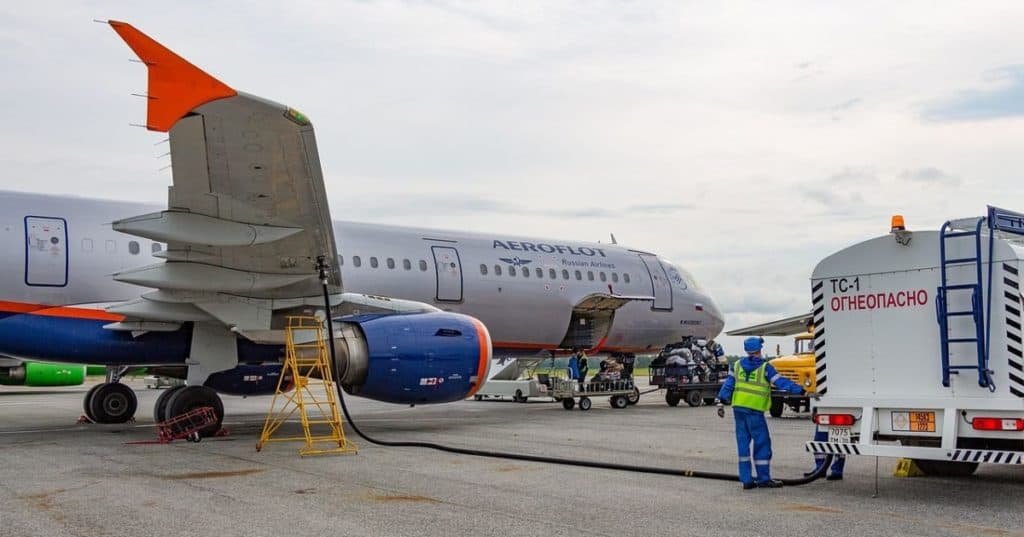
Once all this is done, the PM returns to the cockpit so now the two pilots have time to brief the next flight and especially the takeoff. Airlines use different procedures but concentrate on the one used at many airlines is called T.R.I.B.E.T.S.
T – Threats and Error Management
R – Route Check
I – Instrument Cross Check
B – Briefing for Takeoff
E – Emergency Brief
T – Taxi
S – Standard Instrument Departure (SID)
This is a model covering all the needs for taxiing and takeoff and is widely used across the globe. It gives the pilots a chance to discuss all the important aspects of the takeoff portion and allows each other to know exactly what needs to be done, especially if an emergency arises.
It also gives the pilots a chance to double-check each other to ensure they are using the correct takeoff data, information, procedures and allows for mistakes to be found before they are implemented.
After the briefing and setup of the aircraft come the performance calculations. Using an iPad, the pilots insert passenger and cargo loads, wind, temperature, and flap settings to get the takeoff performance numbers like the speed of the aircraft and the engine thrust setting to be used. More importantly, this is done to check if the aircraft can safely lift off within the available runway distance for the current atmospheric conditions.
After the performance calculations, the last thing the pilots do is the checklist. The checklist is one of the most important parts of the turnaround and it is never skipped or rushed for any reason whatsoever. The checklist is there to prevent any mistakes done on the setup or any other thing that might have been forgotten during the setup or during the briefing.
The checklist should be followed by both pilots and there should be no interruptions in between.
After all that is done, the pilots request Clearance to the destination and the Taxi instructions from air traffic control.
Well done! You just made a 25 minute turnaround!
Learn More…
Try These Articles:
* How Do Airlines Calculate Passenger Weight?
* Are Pilots Allowed to Leave the Cockpit During Flight?
What Do Pilots Do Between Mid-Haul Flights?
Mid-haul operations are the most common way airliners operate. Mid-haul operations vary between 1-4 sectors, but the most usual pattern is 3 sectors.
Starting from your base airport (A), for your first sector you land at the airport of destination (B).
Then from (B) you fly again to your base (A)
On your last sector, you fly to the (C) point and you have an overnight there.
For Example:
Home Airport (A) = Minneapolis-Saint Paul International Airport
Fly To (B) = Hartsfield-Jackson Atlanta International Airport (Sector 1)
Fly To (A) = Minneapolis-Saint Paul International Airport (Sector 2)
Fly To (C) = Denver International Airport (Sector 3)
Overnight in Denver, Colorado
After at least 12 hours of rest, you are ready to fly back to your base but this time you fly from (C) to (A). Then from (A) you have 2 sectors that eventually lead you back to your base.
Current Airport (C) = Denver International Airport
Fly To (A) = Minneapolis-Saint Paul International Airport (Sector 1)
Fly To (B) = Hartsfield-Jackson Atlanta International Airport (Sector 2)
Fly To Home Airport = Minneapolis-Saint Paul International Airport (Sector 3)
This is a typical 2 day crew pairing that is very common. Fly, Spend the night, Fly, Finish, and Go Home
Between each flight on mid-haul operations, the pilots do exactly the same as on the short haul operations with the exception of the overnight stay.

Crews will spend the night doing a variety of things. Some crews like to socialize together while others prefer the solo life. Each crew member is different.
Many of the common things crews like to do can include:
- Going to local restaurants for an authentic meal
- Going for a walk around the city and exploring
- Working out in the hotel gym
- Catching up with family video messaging and phone calls
- Watching a movie
- Studying for a promotion
- etc
Depending on when a flight crew arrives at the hotel will dictate what they are able to do. Flights that arrive late in the evening usually only allow the crews to sleep and then have a few hours free in the morning, or those that arrive earlier in the day may have the opportunity for an evening meal in a restaurant other than at the hotel.

Join My Newsletter & Get Great Tips, Information and Experiences To Help You Become a Superb Pilot!
What Do Pilots Do Between Long Haul Flights?
Long haul operations usually only have 1 flight per day unless a technical or refueling stop is required somewhere in between the flight. This is typically a trans-continental or trans-oceanic flight with a duty day from 7 to 12 hours.
Before the flight the planning is almost the same but this time pilots plan for the entire flight instead of just a sector at a time. They will look at the weather for both now and during the entire flight duration.
Let’s take, for example, a flight connecting New York and London. This flight takes approximately 8 hours. Upon reaching London the pilots by law have at least 12 hours of rest in between but this time is usually more than a day.
Depending on the time between flights, pilots can pretty much do whatever they want. Between the incoming flight and the outbound flight the pilots and the cabin crews are practically off-duty, out of base. That means that each crew member is entitled to extra money for food, hotel, and entertainment.
Yes, companies pay their crews to have fun in between flights when out of base. Of course, it’s the responsibility of each of them to be well-rested and in great shape to operate the return flight!
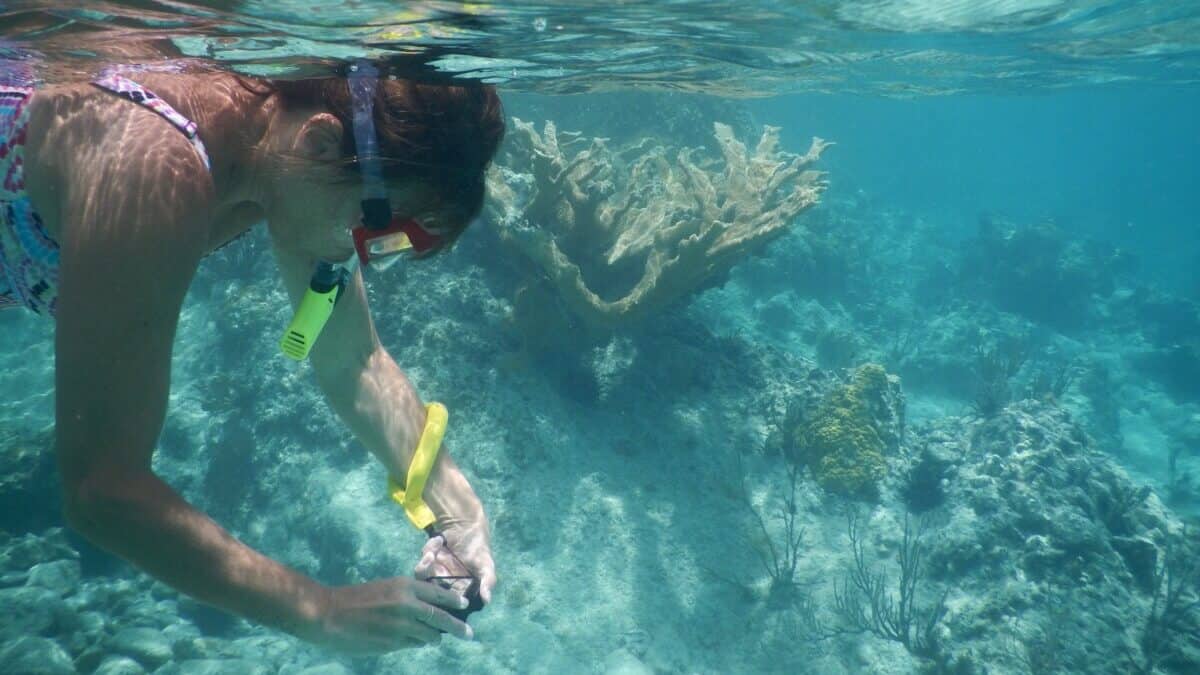
The crew is allowed to drink alcohol but they are also required to be sober at least 12 hours before their next duty. These longer overnight stays give the crews much more time to explore the local area as these routings are usually of 3 days in duration:
Day 1 = Fly Out
Day2 = Rest Day
Day 3 = Fly Back
I have known pilots to become a tourist and go on excursions to visit places of interest, go snorkeling in crystal clear oceans and rivers, relax on the beach, and work on their tan. Even though crews are free from duty, they do have to be sensible during their overnight stay.
Activities that involve added danger and risk are frowned upon as an injury then requires that crew member to be replaced at short notice by the airline. This can mean a crew member being flown out as all the other crews are already assembled for their own flights.
Header Image Source: Kristoferb
Learn More…
Try These Articles:
* How Long Can Airplanes Fly For? – Top 10 Routes!
* How Do Pilots Avoid Jet Lag?

